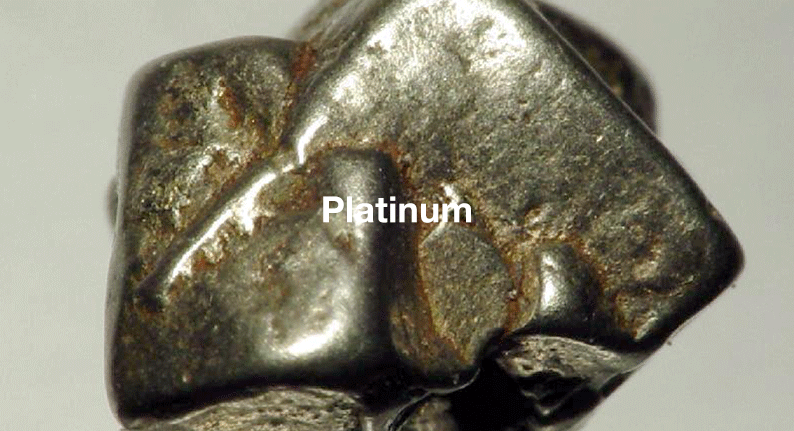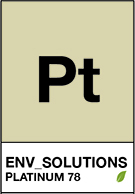Platinum Metal Profile
07 Apr, 2020 8:40 AM / by Quek Leng Chuang

Platinum is another very rare precious metal. We harvest this shiny silvery metal e.g. from spent catalytic converters. It’s one of the Platinum Group Metals (PGM) we recover at Environmental Solutions (Asia). Here is an outline of the origin and applications of this precious metal.
1. Facts and figures
- Chemical name Pt78
- Shiny, silvery metal
- One of the most dense elements: 21.45 per cm3 – six times more dense than diamond
- Does not oxidize in air, but when touching cyanide, halogens or sulfur
- World production per year roughly 5.74 million ounces (=162 726,24 kg)
- All the platinum ever mined would fill a 25 sq ft room!
2. Natural occurrence and mining

Native platinum was once mined in the Ural Mountains in Russia. It is mined from placer deposits, concentrated sand and gravel beds. Mining there was simple: The material is washed until platinum nuggets can be captured from the surrounding material. However today, those deposits are increasingly depleted so mining of platinum is way more complicated.
As platinum is getting more and more rare, Platinum is increasingly mined from ore. Up to 11 tonnes of ore are often processed for the mining of a single troy ounce of platinum (31.135 grammes).
Most of the mining nowadays occurs underground. Techniques such as narrow vein stoping are used to mine platinum this way. Deep tunnels are driven into the earth to dig for ore. Miners may also pack explosives into holes in order to blast it into smaller pieces, collect the broken rock and transport it to the surface.
The process for winning platinum is extremely complicated and can take up to six months! It includes extraction, concentration and refining processes.
As this metal is so rare and difficult to process, recycling is extremely important in order to provide enough platinum for its various applications. Therefore, Environmental solutions (Asia) recycles platinum amongst other materials from the PGM group for example from car catalyst.
3. Applications
Platinum is needed in many different products, but the most common application is in jewelry and as a material for catalytic converters, in particular as automobile catalyst. Catalytic converters for cars are even getting more important, as laws are stricter about their application nowadays. They reduce the amount of harmful emissions as they break emissions down into less harmful substances.
Also, platinum is widely used in the jewelry industry as it is possible to repeatedly heat and cool it while it stays perfectly in shape. This makes it a preferred material for frames e.g. for diamond rings. Often, special luxury editions of watches are made from platinum in order to increase the timeless value of the product even further.
Due to its rareness, platinum is also increasingly used as an alternative investment to gold or stocks. The price is more volatile, but at the moment (January 2020) it is on a continuing rise for one year already. Since 2000, we observed an overall price increase by 121.59%.
Moreover, due to its chemical properties platinum can serve as a material for extremely strong magnets and medical appliances, e.g. stents and neuromodulation devices.
Platinum has a very positive image among consumers and is also widely used in advertising. Especially for club memberships, credit cards,… platinum usually stands for the most comprehensive package of benefits.

4. An Alternative to Mining
Environmental Solutions (Asia) helps companies to turn the cost of managing their waste materials to potential revenue. For more information, please contact us.
Topics: Catalytic Converters, Metal Waste, Reimagining Sustainability
Written by Quek Leng Chuang
LengChuang is a chemical engineer and an expert in carbonomics. He is the founder and owner of Environmental Solutions (Asia) Pte Ltd.
